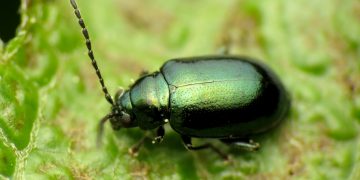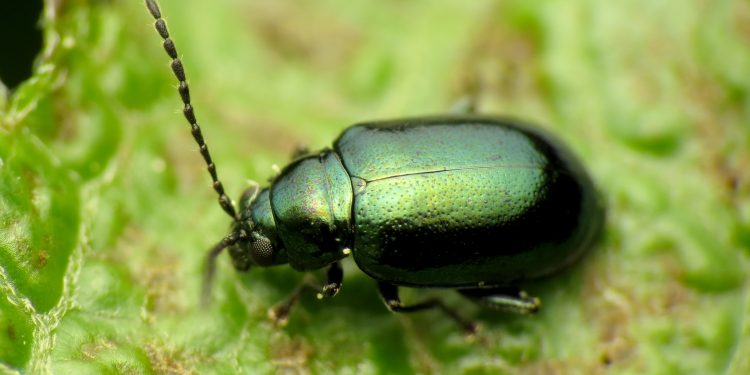Flea beetles are small but damaging pests that can cause significant harm to cruciferous crops such as cabbage, broccoli, and cauliflower. In this article, we will discuss the latest information on the flea beetle’s life cycle, feeding behavior, and the damage they can cause. We will also explore some of the ways that farmers and agricultural professionals can manage flea beetle populations to protect their crops.
According to the University of Minnesota Extension, flea beetles are a common pest of cruciferous crops and can cause significant damage to both the leaves and roots of the plant. Adult beetles feed on the leaves of the plant, creating small holes that can eventually cause the leaves to wither and die. In addition to causing damage to the leaves, flea beetles can also transmit plant diseases such as bacterial wilt and viruses.
Flea beetles are most active in the spring and early summer and can be difficult to manage once they become established. However, there are several strategies that farmers and agricultural professionals can use to manage flea beetle populations. These include crop rotation, the use of insecticides, and the use of row covers or other physical barriers to prevent adult beetles from accessing the plants.
In conclusion, flea beetles are a common and damaging pest of cruciferous crops that can cause significant harm to both the leaves and roots of the plant. By understanding the life cycle and feeding behavior of the flea beetle, as well as the strategies for managing their populations, farmers and agricultural professionals can help protect their crops and ensure a successful harvest.
#FleaBeetle #CruciferousCrops #PestManagement #CropProtection #Agriculture































